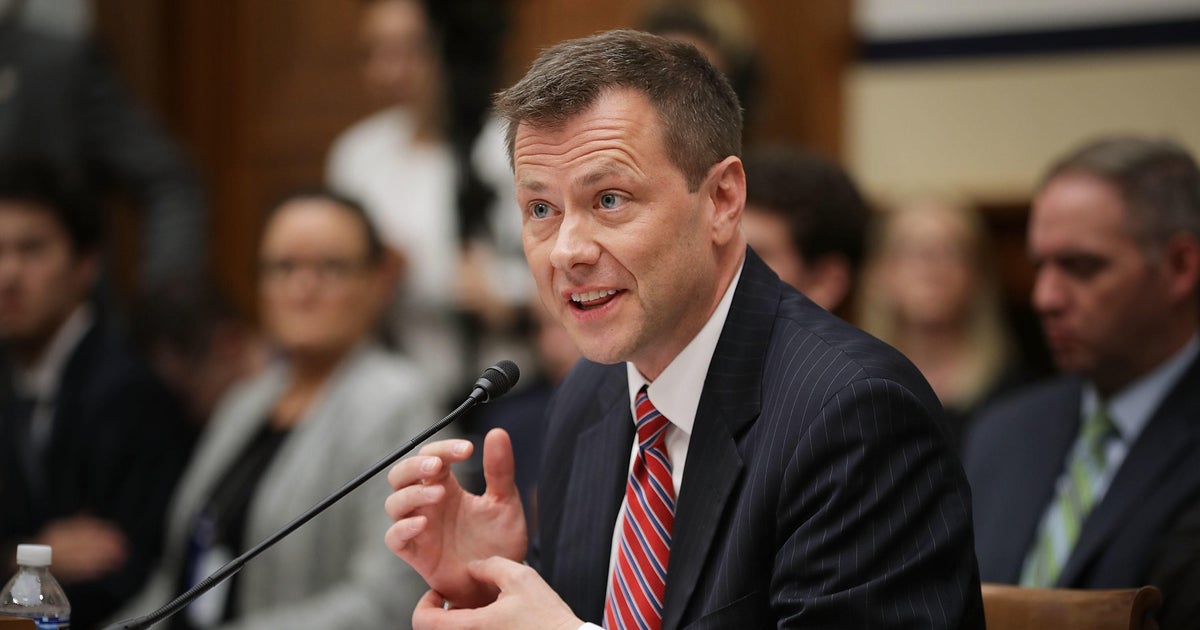Why golf is stuck in the rough
President Donald Trump is an enthusiastic golfer, but he's no savior for an industry that's ailing. Its growth prospects overall are below par as millennials, among others, continue to lose interest in what Mark Twain famously described as a "good walk spoiled."
Market researcher NPD Group estimates that sales of clubs, balls and other golf equipment fell 20 percent in the first quarter as cool, rainy spring weather in parts of the U.S. dampened interest in playing. Though sales are expected to rebound in the second half, they'll end up down in the "low-single-digit" percentages for 2017, according to Matt Powell, a sports industry analyst. He declined to provide specific dollar figures.
The golf business has struggled for years. According to the National Golf Federation, 23.8 million people played at least one round of golf in 2016, little changed from the previous year but well below the 30 million in 2005. The U.S. currently has about 15,372 golf courses, down from a peak of 16,052.
For makers of golf equipment, it has been a mixed bag. While Callaway Golf (ELY), had double-digit gains in sales in 2016 and reported better-than-expected results in its most recent quarter, its rivals aren't as fortunate.
Earlier this month, Germany-based Adidas agreed to sell its struggling TaylorMade Golf business to an affiliate of KPS Capital Partners for $425 million. Nike (NKE) announced last year that it would exit the golf equipment business. And retailer Golfsmith went bankrupt, and its U.S. operations were later acquired by Dick's (DKS).
Many players gave up the game during the Great Recession and haven't returned. Others find it doesn't suit their lifestyles.
"People who had lost their retirement money maybe had to go back to work and couldn't play golf as much," Powell said. "It became an extravagance when they were trying to make ends meet. There clearly has been a decline in the number of boomers playing, and that hasn't been offset by new, younger players coming into the game."
Participation by players aged 18 to 34 has plunged by 30 percent over the past two decades. A separate National Golf Federation survey found that 57 percent of kids and teens viewed the game negatively. Many said they found golf "boring."
The time commitment needed to play 18 holes is another turn off to many potential players, particularly if they're parents of young children and find themselves having to chauffeur them to different activities during the weekend.
Equipment cost also is an issue. A set of clubs for a casual player can cost between $200 and $400, while a box of high-end golf balls can cost more than $50. Players can spend thousands in dues to country clubs and other private golf courses.
"As opposed to the boomers who said I'm a golfer, or I play tennis, or I bowl, these kids are doing many many things," Powell said. "They're moving from one sport to another. They might bowl this weekend and might play ultimate frisbee next weekend and might go camping the following weekend. They aren't defining themselves by their physical activity."



